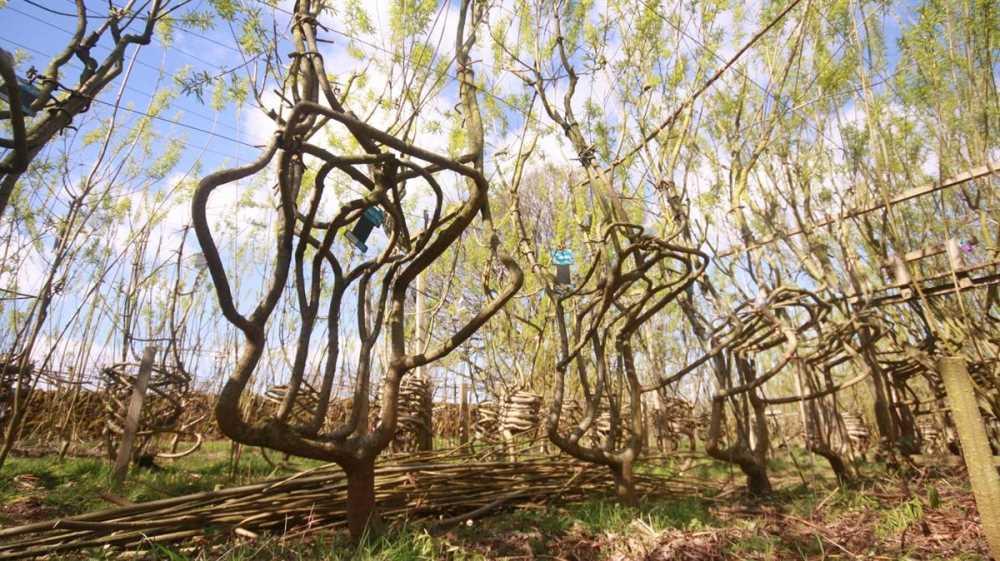The home as a living organism: this is how synthetic biology designs the outdoors

That a house is a bit like a living organism is an idea that often characterises our relationship with our home: it changes with us over time, through the distribution of spaces, furnishings and finishes, all elements that are renewed over the course of a lifetime and that accompany the different ages of existence of those who live there. Have you ever thought of your home as a living being in the literal sense? The new frontiers of biodesign research are already very close to this concept, and in the not too distant future the design of buildings and furnishings will involve synthetic biology. Insects, algae, fungi and bacteria could be the raw materials to draw on for totally green architectural solutions. But what is biodesign and how does synthetic biology interact with design? Let's take a closer look at this innovative pairing.
Synthetic biology: the future of design
Synthetic biology represents the meeting point between engineering and molecular biology. Originally developed in the early 2000s in the American faculties of biological engineering, it aims to create a synthetic organism through the rewriting of the metabolic and genetic circuits of living organisms. The potential of this discipline is expressed to the fullest in the creation of new materials that have eco-sustainability as their main characteristic. The efforts of bioengineers result in the creation of synthetic life forms with surprising specificities: this is how compounds of cells of microorganisms capable of absorbing pollution, cleaning water or exploiting solar energy are born. In this way, biodesign is working to develop a house of the future that is not only sustainable, but also able to fully integrate with the surrounding ecosystem.
The outdoors are just a step away from nature
With biodesign it's nature that suggests new frameworks and operating models, an approach to design that goes beyond green architecture and is inspired by nature to create new materials and innovative solutions.
According to Alex Ayad, Director of the Tech Foresight Practice at the Imperial College of London, by 2045 our homes will have walls capable of retaining and releasing heat as needed, water systems that recycle water and roofs that absorb pollution. The new technologies will rewrite the relationship between interior and exterior, bringing nature and its structure into the indoor space and creating an outdoor dimension in continuity with the green element. And with this same fluidity furnishings, lighting systems and pergolas will return to nature thanks to the innovation of concepts and materials. An idea of harmony between the internal dimension and the external space that has always guided Corradi's philosophy.
Between science and craftsmanship there are already several projects in the field that allow us to see the possible future of design.
From tree to table, skipping the sawmill
One of the most creative biodesigners is the Spaniard Gavin Munro, who has literally started growing furniture on his hill in Derbyshire in the UK. His idea, now part of the Full Grow project, is to plant maples, ashes, oaks and willows, shaping their growth using frames. This way the plant develops taking the shape that the designer gives it: a chair, a table or even a lampshade.
From mushrooms to chairs
With biodesign, microorganisms such as fungi also find a possible scope of application. The Italian designer Maurizio Montalti has been working on this for over ten years, giving mycelia a new identity, making them the starting point for an innovative material that combines a woody and cellulosic substrate and a fungal biomass. The underlying material the fungi take root on, and on which they develop, consists of waste from the agro-industrial or furniture supply chain. Thus are produced chairs, sound-absorbing panels and tiles.
The luminescence of bacteria
The infinite possibilities offered by biodesign also concern the world of bacteria, as the Dutch Teresa Van Dongen is well aware, focusing her research on the potential for these microorganisms in the field of lighting. This is how lamps without electricity are born: the process is based on electrons secreted by the bacterium that, guided in a specially designed electrical circuit, transform into a light source.
A new approach to design is almost upon us: indoors and outdoors will be increasingly interconnected, and by talking to each other they will meld into an increasingly green flow.
We are ready to look at nature with different eyes, letting biology accompany us towards the future of design.
